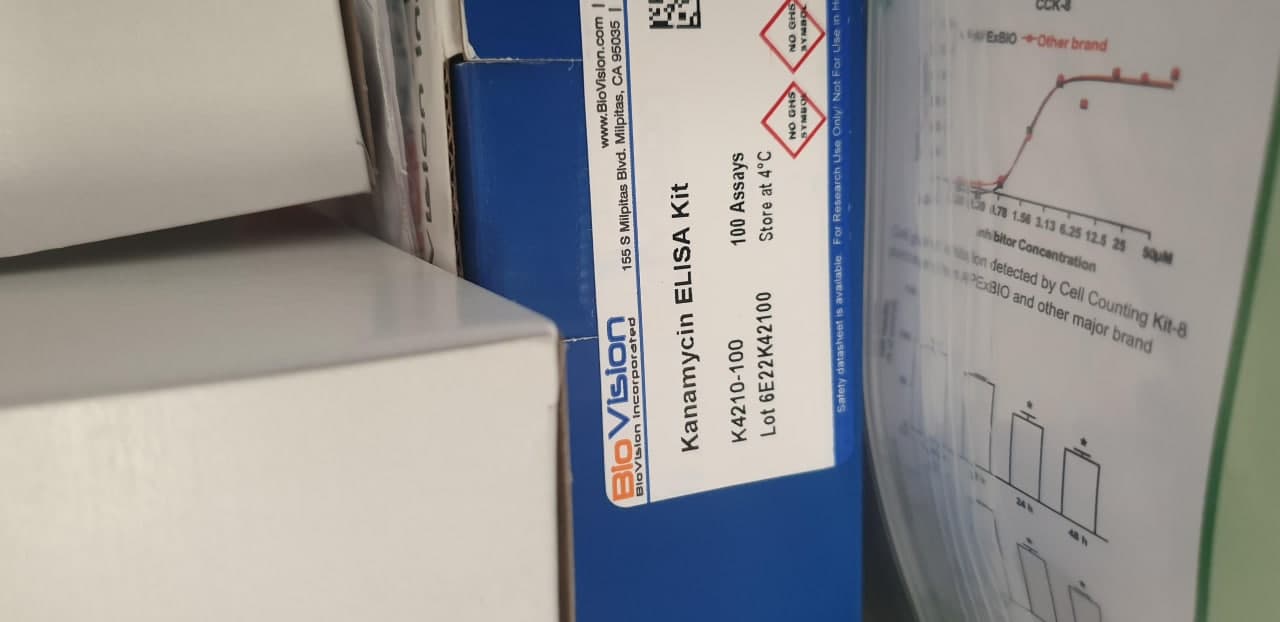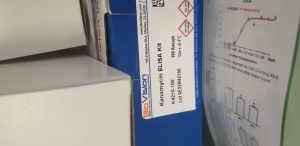
Annexin A5 is essential for PKCθ translocation during T-cell activation
T-cell activation is a crucial a part of the adaptive immune system, enabling responses to overseas cells and exterior stimulus. In this course of, T cell antigen receptor (TCR) activation stimulates translocation of the downstream kinase PKCθ to the membrane, resulting in NF–κB activation and thus transcription of related genes. However, the main points of how PKCθ is recruited to the membrane stay enigmatic. It is recognized that Annexin A5 (ANXA5), a calcium-dependent membrane-binding protein, has been reported to mediate PKCδ activation by interplay with PKCδ, a homologous of PKCθ, which implicates a possible function of ANXA5 concerned in PKCθ signaling.
Here we exhibit that ANXA5 does play a crucial function within the recruitment of PKCθ to the membrane during T-cell activation. ANXA5 knockout in Jurkat T cells considerably inhibited the membrane translocation of PKCθ upon TCR engagement and blocked the recruitment of CARMA1-BCL10-MALT1 (CBM) signalosome, which supplies a platform for the catalytic activation of IKKs and subsequent activation of canonical NF– κB signaling in activated T cells. As a end result, NF–κB activation was impaired in ANXA5-KO T cells.
T-cell activation was additionally suppressed by ANAX5 knockdown in main T cells. These outcomes demonstrated a novel function of ANXA5 in PKC translocation and PKC signaling during T-cell activation. Signal transduction usually shows a so-called bow-tie topology: a number of receptors result in a number of mobile responses however the alerts all go by a slim waist of central signaling nodes. One such signaling node for a number of inflammatory and oncogenic signaling pathways are the CARD-CC / BCL10 / MALT1 (CBM) complexes, which get activated by protein kinase C (PKC)-mediated phosphorylation of the CARD-CC part.
In people, there are 4 CARD-CC household proteins (CARD9, CARD10, CARD11 and CARD14) and 9 true PKC isozymes (α to ι). At this second, lower than a handful of PKC::CARD-CC relationships are recognized. In order to discover the biologically related combinatorial area out of all 36 potential permutations on this two-component signaling occasion, we made use of CARD10-deficient HEK293T cells for subsequent pairwise co-transfections of all CARD-CC members of the family and all activated PKCs. Upon evaluation of NF–κB-dependent reporter gene expression, we might outline particular PKC::CARD-CC relationships. Surprisingly, as many as 21 PKC::CARD-CC practical combos have been recognized.
Role of CARD9 in inflammatory sign pathway of peritoneal macrophages in extreme acute pancreatitis
Previous research revealed that caspase recruitment area protein 9 (CARD9) was concerned in extreme acute pancreatitis (SAP) irritation and that interfering with its expression in vivo might inhibit irritation. However, the particular mechanism is unknown. This research aimed to find the associated sign pathways of CARD9 in macrophages. SiRNA interference expertise was utilized in vivo and in vitro to detect CARD9-related sign pathways in peritoneal macrophages.
Furthermore, Toll-like receptor 4 (TLR4) and membrane-associated C-type lectin-1 (Dectin-1) pathways in macrophages have been activated specifically to trying for the upstream sign path of CARD9. Results confirmed up-regulation of CARD9 expression in peritoneal macrophages of SAP rats (P < .05). CARD9 siRNA alleviated inflammatory cytokines, and inhibited the phosphorylation of NF–κB and p38MAPK in peritoneal macrophages in vivo or in vitro.
Meanwhile, CARD9 siRNA decreased the focus of CARD9 and Bcl10 in peritoneal macrophages, and TLR4 and Dectin-1 took half in CARD9 sign pathways in macrophages. In conclusion, there is an irritation sign pathway comprised of TLR4/Dectin-1-CARD9-NF–κB/p38MAPK activated in macrophages in SAP. Blockade of CARD9 expression in macrophages can successfully alleviate SAP irritation.
Bcl10 is related to actin dynamics on the T cell immune synapse
T cell responses to antigen are initiated by engagement of the T cell receptor (TCR)1, resulting in activation of numerous signaling cascades, together with an incompletely outlined pathway that triggers fast reworking of the actin cytoskeleton. Defects within the management of actin dynamics and group are related to a number of human immunodeficiency ailments, emphasizing the significance of cytoskeletal reworking within the functioning of the adaptive immune system.

Here, we examine the function of the adaptor protein Bcl102 within the management of actin dynamics. Although Bcl10 is primarily referred to as a part of the pathway connecting the TCR to activation of the NF–κB3 transcription issue, a couple of research have implicated Bcl10 in antigen receptor-dependent management of actin polymerization and F-actin-dependent practical responses.
However, the function of Bcl10 within the regulation of cytoskeletal dynamics stays largely undefined. To examine the contribution of Bcl10 within the regulation of TCR-dependent cytoskeletal dynamics, we monitored actin dynamics on the immune synapse of main murine CD8 effector T cells.
Quantification of those dynamics reveals two distinct temporal phases distinguished by variations in velocity and directionality. Our outcomes point out that effector CD8 T cells missing Bcl10 show sooner actin flows and extra dynamic lamellipodia, in comparison with wild-type cells.
[Linking template=”default” type=”products” search=”Mouse CD1 Whole Embryo Sagittal Paraffin Sections” header=”3″ limit=”111″ start=”4″ showCatalogNumber=”true” showSize=”true” showSupplier=”true” showPrice=”true” showDescription=”true” showAdditionalInformation=”true” showImage=”true” showSchemaMarkup=”true” imageWidth=”” imageHeight=””]
These research outline a job for Bcl10 in TCR-dependent actin dynamics, emphasizing that Bcl10 has vital cytoskeleton-directed features which can be doubtless unbiased of its function in transmission of NF–κB -activating alerts.
